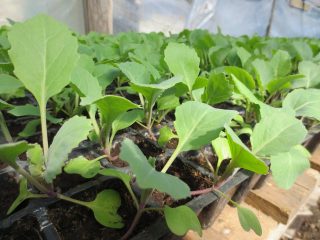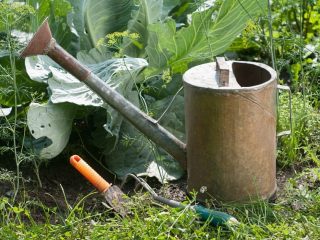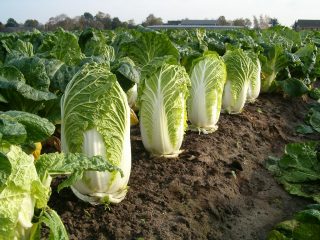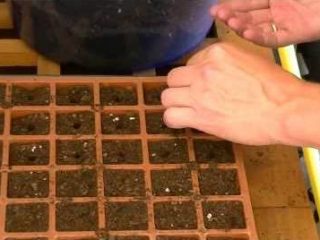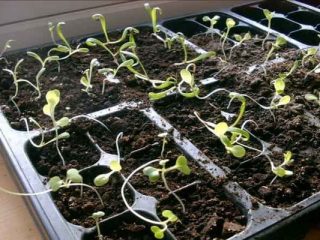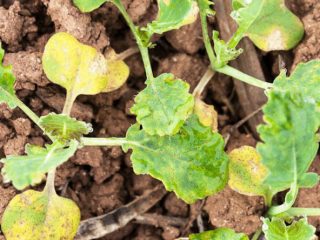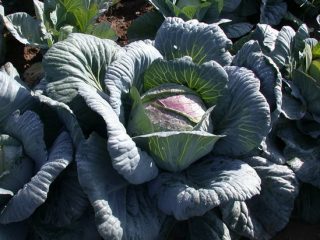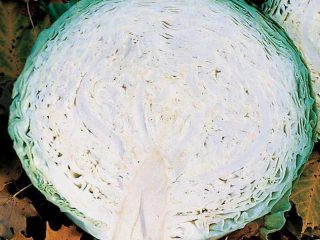Content
- 1 Can a nursing mother eat cabbage?
- 2 What kind of cabbage can you use while breastfeeding?
- 3 From what month can a nursing mother have cabbage?
- 4 What are the benefits of cabbage during breastfeeding?
- 5 Why is cabbage harmful when breastfeeding?
- 6 Contraindications to cabbage during breastfeeding
- 7 How to cook cabbage while breastfeeding
- 8 Useful tips
- 9 Conclusion
Cabbage is rich in vitamins and makes you feel bloated. It is the latter fact that worries young mothers when it comes to whether cabbage is allowed during breastfeeding in the first month.
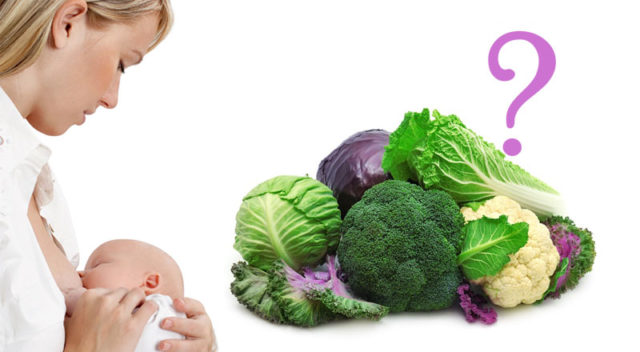
It is not advisable to consume vegetables during the first period after childbirth.
Can a nursing mother eat cabbage?
Most nutritionists agree that after giving birth a woman can introduce cabbage into her diet, but only if it is properly prepared and consumed in small portions.
We must not forget that the approach to creating a menu should be individual.If mother and baby respond well to the introduction of a vegetable into the diet, then it is allowed to be consumed. There is simply no need to introduce the product from the first days after birth, but it is better to wait a certain period. Then it will only bring benefits.
What kind of cabbage can you use while breastfeeding?
The older generation did not have as much cabbage variety as can be seen now on supermarket shelves. There was only one growing in the garden - white cabbage, so the women did not have to choose. Today, store shelves are filled with many types of cabbage, not only fresh, but also already processed. You can always find something to suit your taste.
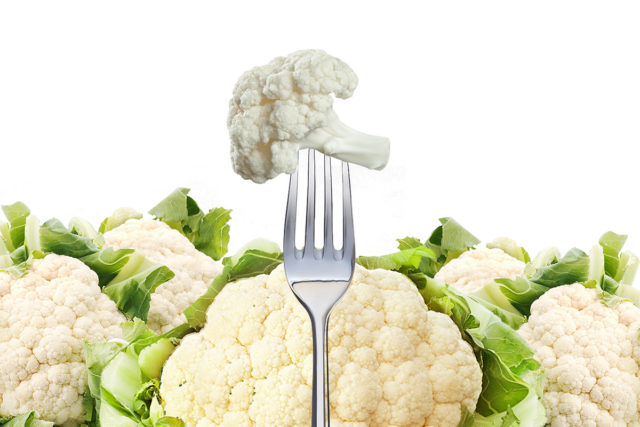
When breastfeeding, cauliflower is healthier than white cabbage
Doctors advise using white cabbage while breastfeeding, and in processed, but not raw, form. The colored one is also useful, it is even better absorbed and is considered a dietary product. It contains a lot of folic acid, vitamin A and group B.
Brussels sprouts or broccoli would also be nice. The use of Chinese (Chinese) cabbage is allowed. But you shouldn’t introduce red cabbage. The baby may be allergic to it. All types should be consumed only in boiled and stewed form, and only then gradually switch to raw foods.
Another variety is marine. Although it is not a literal vegetable but a seaweed, it is also called cabbage. Since the product is often sold in pickled form, with the addition of salt and vinegar, it should be used especially carefully. We must not forget that some manufacturers add flavor enhancers, preservatives, and sweeteners to kelp. All these supplements are contraindicated for babies.
From what month can a nursing mother have cabbage?
The vegetable should not be introduced into the diet of a nursing woman until 3-4 weeks after birth. Next, you can include boiled broccoli, Brussels sprouts, cauliflower, then white cabbage in your diet. You need to start with a small amount - no more than 50 g. Use cabbage no more than 3 times a week. Gradually the portion can be increased to 200 g per day.
The optimal time for introducing raw cabbage into the diet during breastfeeding is considered to be 4-5 months after the birth of the baby. Pickled vegetables are acceptable only 6-8 months after birth. The same goes for pickled kelp. At the same time, it is important to monitor the baby’s well-being. If he experiences symptoms such as constipation or diarrhea, then the fresh vegetable should not be consumed for another 2-3 months.
What are the benefits of cabbage during breastfeeding?
The vegetable has a lot of microelements necessary for the body. This is what makes cabbage healthy.
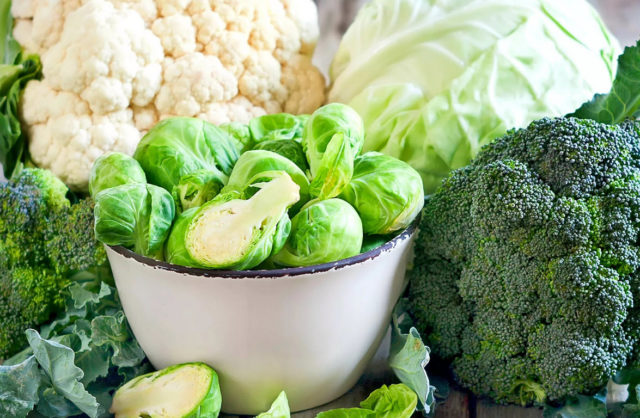
All types of plant crops contain beneficial microelements
During breastfeeding, herbal product:
- acts as a source of vitamins and mineral compounds, antioxidants, which are especially important at this time;
- has low energy value, helps to normalize weight and, if necessary, lose extra pounds;
- thanks to the abundance of fiber, it relieves constipation and regulates intestinal function;
- due to the high content of folic acid, it has a positive effect on the nervous system of mother and baby;
- is a source of iron and other minerals, prevents the development of anemia;
- increases immunity;
- improves memory;
- reduces cholesterol levels (when cooking without animal fats);
- improves the condition of nails and hair;
- has an anti-inflammatory effect;
- helps to recover faster after childbirth.
In addition, the vegetable is affordable and helps diversify the diet, because cabbage can be used to prepare a wide range of dishes.
Why is cabbage harmful when breastfeeding?
A vegetable causes a negative effect only if it is consumed incorrectly:
- If you introduce fresh cabbage into the diet, without heat treatment, it can cause flatulence (gas formation, bloating), colic in the child and in the mother. Therefore, the product should be consumed only in cooked form: boiled, stewed, fried.
- If the plant has been treated with pesticides or used too many nitrates during cultivation, it may contain harmful compounds. Therefore, when breastfeeding, you should refrain from eating early spring vegetables, as they contain the most nitrates. Late (autumn) varieties of leaf crops do not contain many of these chemical compounds. Even a minimal amount of nitrates is dangerous for a child’s body.
- Another aspect that can be harmful to health is the microbes that live on the surface of the plant. Before eating, cabbage should be thoroughly washed and the top leaves removed. Heat treatment in this sense is the best method of disinfection.
- In very rare cases, this product causes allergies in children.
- If you eat a lot of sauerkraut or pickled cabbage, which contains salt, this causes a change in the taste of breast milk and a deterioration in its quality.
Contraindications to cabbage during breastfeeding
Negative manifestations after consumption are associated with the peculiarities of preparation.To avoid them, you don’t need to add too much of this product to the menu. Nursing mothers should not often eat salted cabbage; it will lead to thirst, stagnation of fluid in the body and the appearance of edema. Also, excess salt in food can change the taste of milk.
For women after a cesarean section, cabbage is also not recommended for the first time, so as not to provoke gas formation and abdominal discomfort.
How to cook cabbage while breastfeeding
Many women are interested in what form of vegetable crop is most beneficial for breastfeeding, and how best to prepare it so as not to harm the baby. To prevent gas formation, the vegetable must undergo heat treatment.
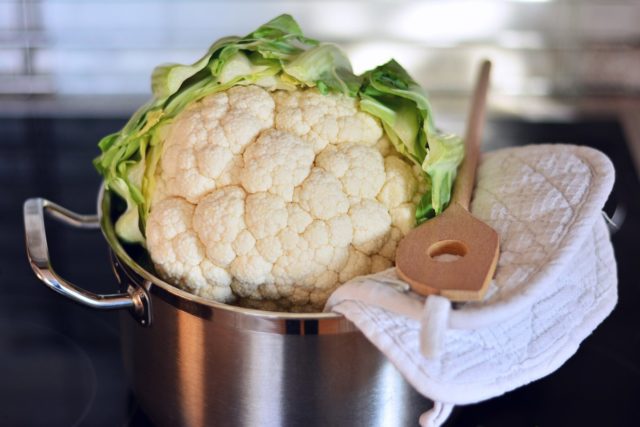
To prevent the vegetable from causing gas, it is important to cook it correctly.
Boiled cabbage while breastfeeding
Boiling is the most optimal type of processing of vegetables during breastfeeding. Cauliflower and white cabbage can be added in small quantities to soups. This vegetable cooks quickly and does not require long-term heat treatment. Therefore, during cooking, the loss of valuable substances will be small.
You can start introducing cabbage into the menu as early as 3 weeks after birth. From 3 months it is permissible to use boiled cabbage.
Fried cabbage while breastfeeding
Fried cabbage is also allowed to be consumed while breastfeeding, but it is worth considering that due to fat it will be quite high in calories. To minimize possible harm, it is better to add the ingredient in small portions to other products. The colored one will be a good addition to an omelet.
Stewed cabbage while breastfeeding
If the boiled vegetable product does not cause any discomfort, then you can switch to stews with cabbage, for example, cabbage rolls. It is useful to combine different types of cabbage with other vegetables, for example, cauliflower with potatoes.
It is also good to cook the vegetable along with lean meats: veal, turkey, chicken. You can stew broccoli with the addition of onions and carrots. Another way of cooking is in the form of a casserole with potatoes and meat.
Sauerkraut while breastfeeding
When breastfeeding, sauerkraut is an excellent source of ascorbic acid, which is especially important during the winter months. It also contains beneficial lactic acid bacteria, which have a positive effect on intestinal function. The main thing is that there is not too much salt in the sauerkraut.
To prevent gas formation from this product, you should definitely add cumin to it. Do not confuse sauerkraut and pickled cabbage, which is seasoned with vinegar. It should not be used during lactation. Especially a store-bought product, since preservatives are often added to it. If there is at least a minimal negative reaction in the baby, then you will have to abstain from fermented foods until lactation is complete.
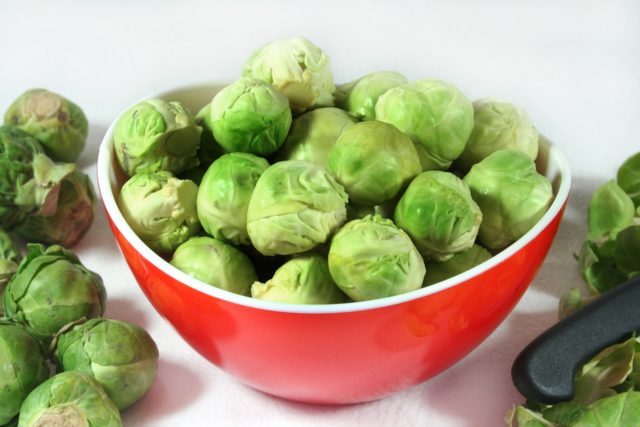
When breastfeeding, any vegetable should be introduced into the diet little by little.
Useful tips
In order for cabbage to bring only benefits to the baby and his mother during breastfeeding, the following recommendations should be followed:
- introduce a new product into the diet only in small portions, starting with 1 tablespoon;
- eat a new type of food for the child in the morning so that it is easy to track his reaction throughout the day;
- start introducing boiled cabbage into the diet in the form of soups, then stewed and only then, if well tolerated, fresh;
- prepare only high-quality product without any signs of spoilage;
- Pickled cabbage should not be consumed during the entire lactation period.
It is best to use homemade vegetables rather than store-bought ones. Before use, you should always remove the top leaves from the head of cabbage and wash it thoroughly.
Conclusion
Cabbage during breastfeeding in the first month raises many questions. And, although this is a very healthy vegetable, it is better not to eat it in the first time after childbirth. In the future, with good tolerance and a reasonable approach, it can be consumed during lactation. The optimal method of preparation is boiling. There is no need to rush into introducing salads from fresh vegetables into the diet; this is too heavy a product for a baby’s fragile body.
